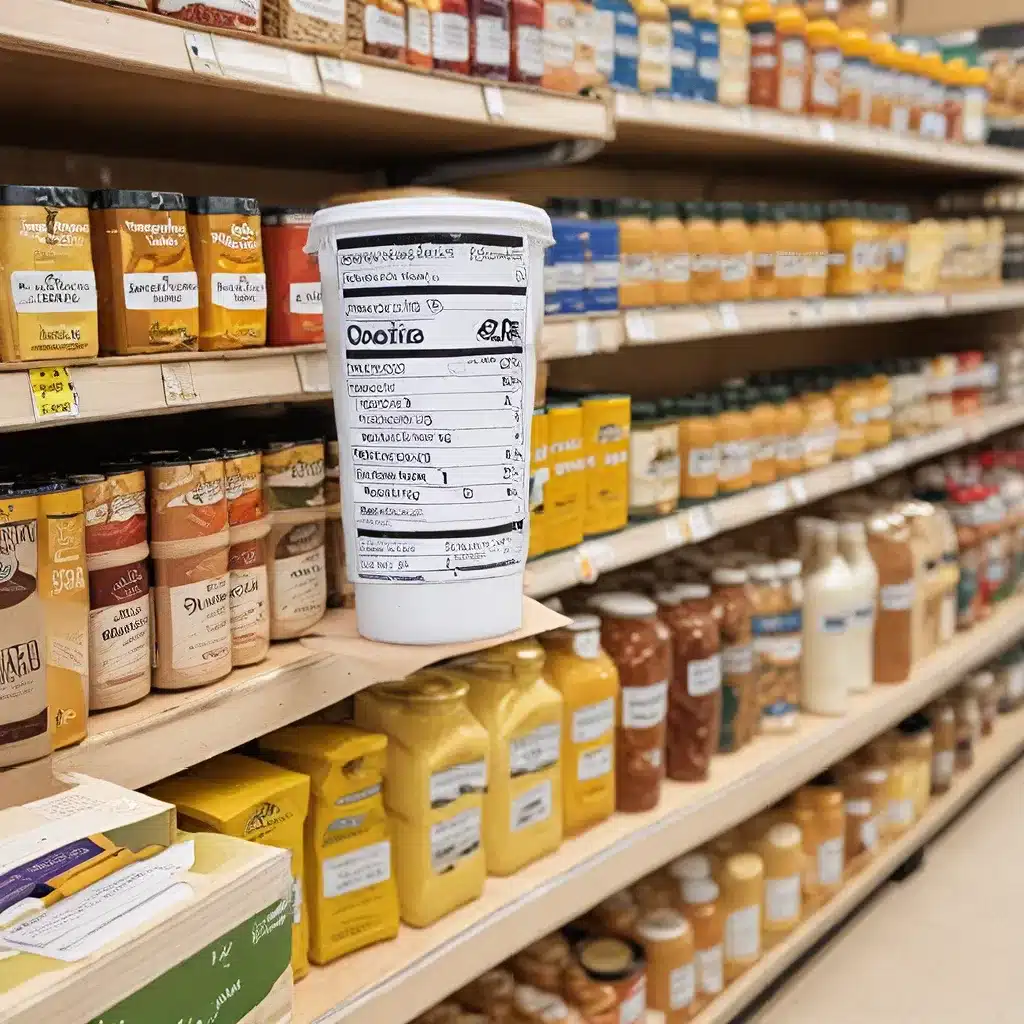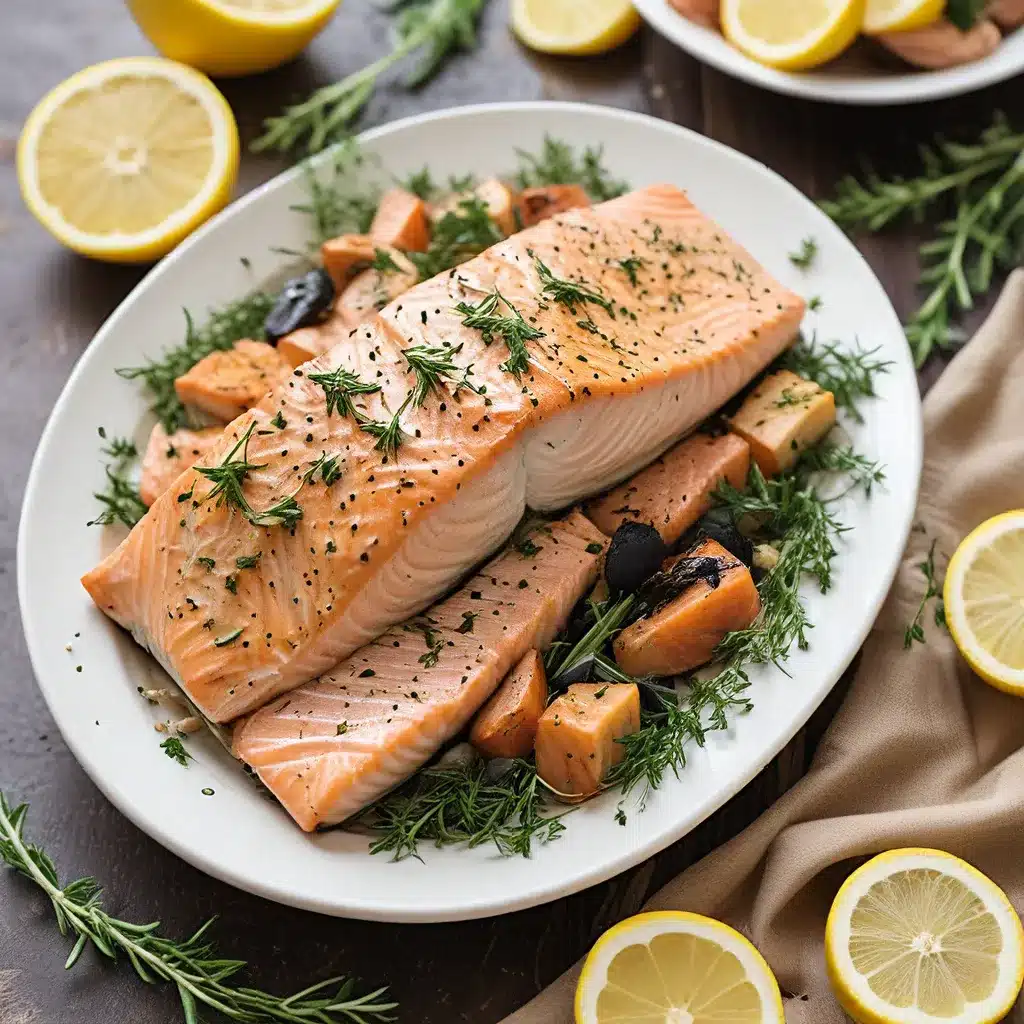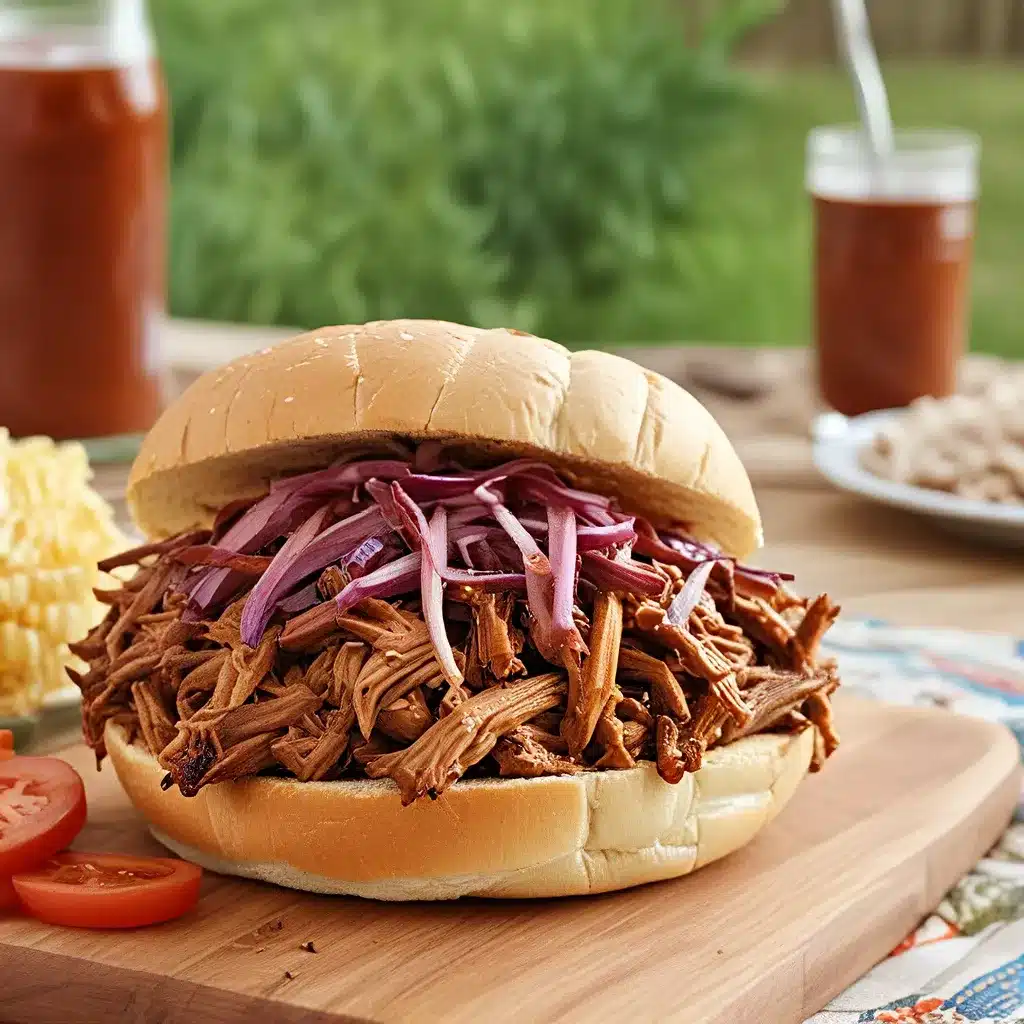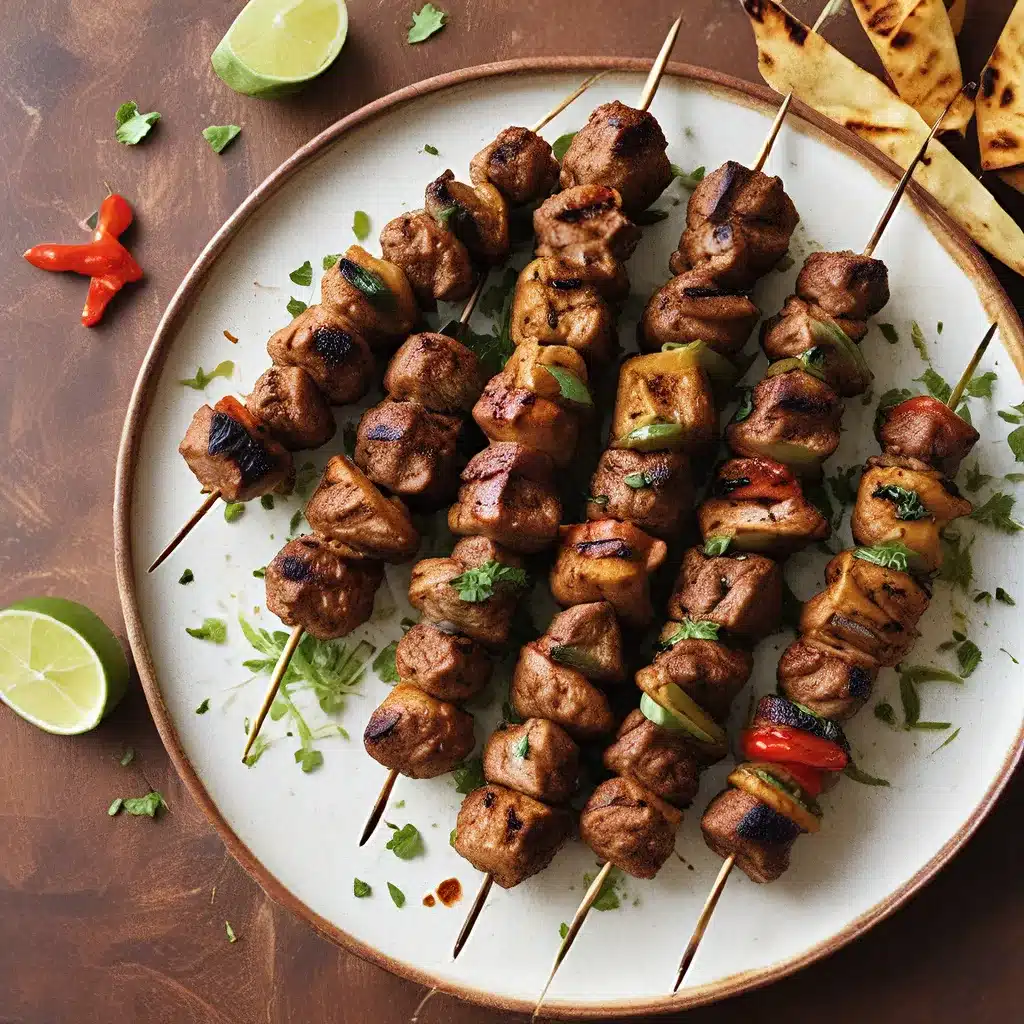
Are you tired of standing in the grocery aisle, staring at a wall of packaged foods, wondering which ones are actually good for you? Well, my friend, you’re not alone. Navigating the complex world of ingredient labels can feel like a never-ending maze, but fear not! I’m here to share my secrets on how to decode those mysterious labels and make informed choices that will have your taste buds and your body thanking you.
Unraveling the Nutrition Facts Label
Let’s start with the big guy – the Nutrition Facts label. This little panel is packed with a wealth of information, but it can be a bit overwhelming at first. Don’t worry, I’ve got your back. First and foremost, pay attention to the serving size. This is crucial because all the nutrient information on the label is based on that serving size. If you end up eating more (or less) than the listed serving, you’ll need to do some quick mental math to figure out how that affects the overall nutrition.
Next, let’s dive into the good stuff – the nutrients. You’ll see a list of things like saturated fat, sodium, and added sugars. These are the ones you’ll want to keep an eye on and try to limit. On the flip side, you’ll also see nutrients like dietary fiber, vitamin D, and potassium – these are the ones you’ll want to get more of. The Daily Value (DV) percentage is your handy-dandy guide to figure out how much of each nutrient you’re getting in a single serving.
Deciphering the Ingredient List
Alright, now that we’ve got the Nutrition Facts label under control, let’s move on to the ingredient list. This is where the real detective work begins. The ingredients are listed in order of quantity, with the most abundant ones first. As a general rule, the shorter the list and the more recognizable the ingredients, the better.
One thing to keep an eye out for is added sugars. These can sneak their way into all sorts of processed foods, even the ones that don’t necessarily taste sweet. Look for words like “cane sugar,” “high fructose corn syrup,” and “honey” on the label – these are all forms of added sugars that you’ll want to limit.
Another tricky one is sodium. This sneaky little mineral can hide in all sorts of unexpected places, like canned soups, bread, and even condiments. Try to choose products with less than 140 mg of sodium per serving.
Understanding Those Confusing Labels
Alright, now we’ve got the basics down, but what about all those other labels and claims plastered all over the packages? Let’s dive in, shall we?
Organic: This one’s pretty straightforward – products with the USDA Organic seal have been produced without the use of synthetic fertilizers, pesticides, or genetically modified organisms (GMOs). They also have to meet certain animal welfare standards.
Cage-Free: This means the chickens that laid those eggs weren’t confined to tiny cages. However, it doesn’t necessarily mean they had access to the great outdoors. It’s a step in the right direction, but there’s still room for improvement.
Grass-Fed: For meat and dairy products, this label means the animals were fed a diet consisting primarily of grass and forage, rather than grains. This can result in a healthier nutritional profile.
Humanely Raised: Oof, this one’s a bit trickier. There’s no official USDA definition for this term, so it can mean different things depending on the producer. Look for labels that specify they’re certified by a third-party organization, like Certified Humane or Animal Welfare Approved.
Putting It All Together
Alright, now that we’ve covered the basics, it’s time to put it all into practice. Next time you’re strolling the aisles, take a moment to slow down and really read those labels. Ask yourself questions like:
- Is the serving size reasonable, or is it unrealistically small?
- How much of the “bad” nutrients (saturated fat, sodium, added sugars) am I getting per serving?
- Am I getting enough of the “good” nutrients (fiber, vitamins, minerals) that I need?
- Do the ingredients list look like something I could make at home, or is it a mile long with a bunch of unpronounceable words?
Remember, being a savvy shopper takes a bit of time and effort, but it’s so worth it. Not only will you be nourishing your body with better-quality foods, but you’ll also be supporting companies that are doing the right thing when it comes to animal welfare and sustainable practices.
Oh, and one last tip – don’t be afraid to experiment! Try new brands, discover local producers, and even dive into the world of home cooking. The more you learn, the more empowered you’ll feel to make choices that align with your values and your taste buds.
Happy label-reading, my friends! May the (nutrition) force be with you.






